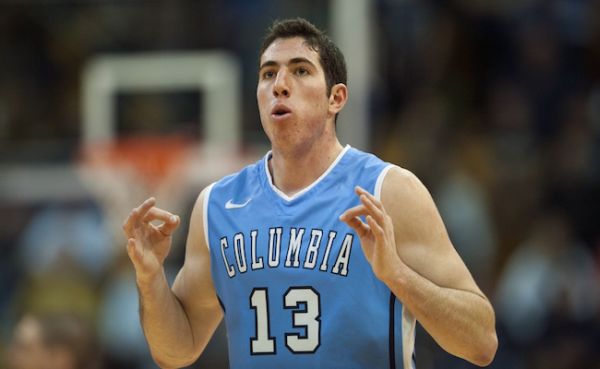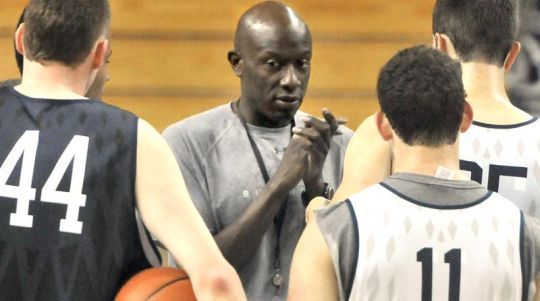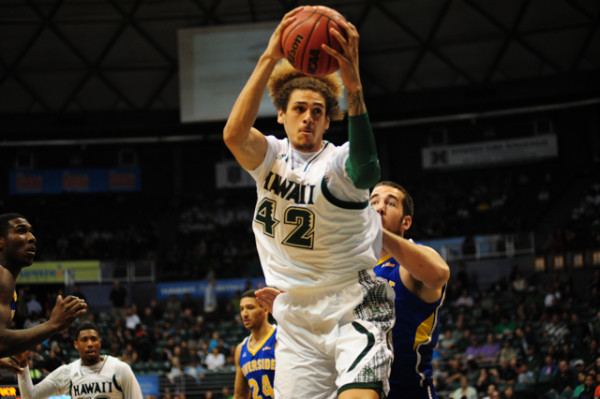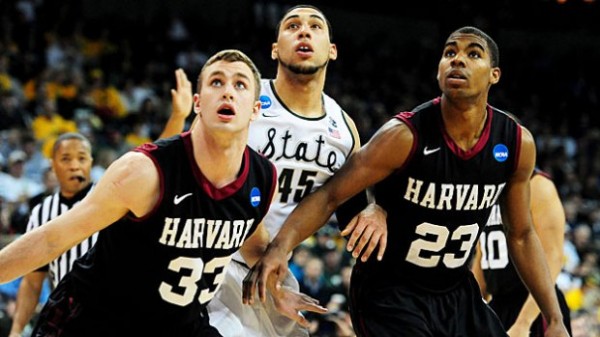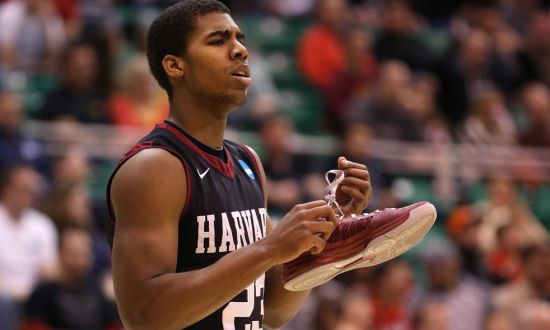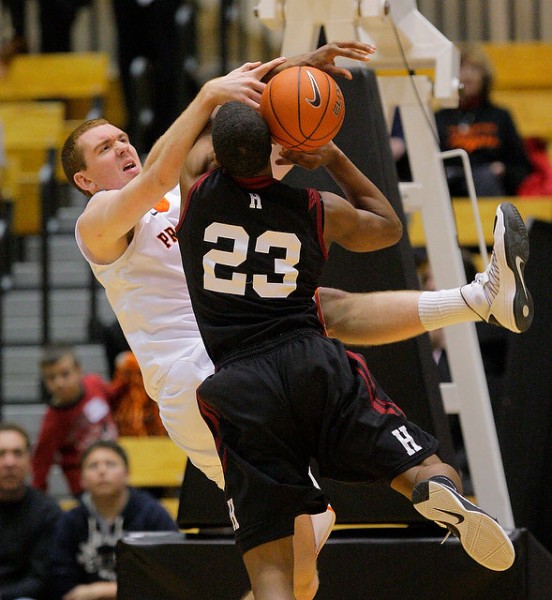Posted by Tommy Lemoine on December 16th, 2014
Throughout the season, the Other 26 microsite will run down our weekly superlatives, including team, player, coach and whatever else strikes our fancy in that week’s edition.
O26 Team of the Week
Saint Mary’s. It’s a full month into the season and we still didn’t know much about the Gaels before last weekend. They were transfer-laden, proficient on offense and led by Brad Waldow (21.1 PPG, 10.1 RPG) down low – that much we understood – but Randy Bennett’s club had yet to play a road contest (or even leave Moraga) through its first six games. And aside from a pair of solid wins over New Mexico State and UC Irvine, Saint Mary’s most noteworthy performance prior to Saturday was a 83-71 loss to Boise State on December 6. Was this team good? Mediocre? An at-large contender? Even if the Gaels’ 71-67 victory at Creighton over the weekend doesn’t fully answer all of those questions, it does make one thing clear: These guys are going to be competitive in the WCC.
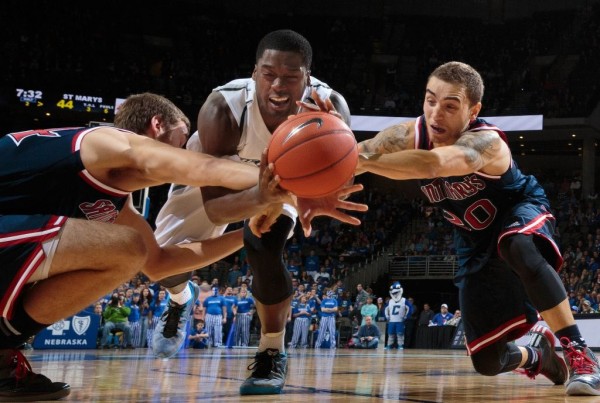
Saint Mary’s pulled off a huge road victory in Omaha. (MATT MILLER/THE WORLD-HERALD)
Creighton entered Saturday on a 24-game home winning streak, an impressive run that coach Greg McDermott probably would have assumed safe if you had told him Waldow would end up with just 11 points on 2-of-10 shooting. “Obviously, our game plan was to slow down Waldow, because he’s such a big part of their offense,” McDermott said afterwards. Unfortunately for the Bluejays, the Saint Mary’s backcourt more than picked up the slack, as Stanford-transplant Aaron Bright scored 22 points and Kerry Carter dropped in 19. Equally as important was sophomore forward Dane Pineau, who – having never reached double figures in his career – stepped up enormously in wake of Waldow’s off night, scoring 13 points on 5-of-5 shooting and ripping down 10 boards. The Gaels withstood an early-second half Creighton surge by responding with a 12-0 run of their own, ultimately forcing an extra period – where Bright and Pineau sealed the deal. Now at 6-1 and with a marquee road victory under its belt, Saint Mary’s looks capable of challenging BYU for second-best in the WCC and putting itself in the NCAA Tournament discussion. This weekend’s victory at the CenturyLink Center could go a long way.
Read the rest of this entry »
| microsites, other 26
| Tagged: Aaron Bright, Brad Waldow, columbia, creighton, d.j. balentine, dane pineau, evansville, feature, greg mcdermott, Incarnate Word, ivy league, ken burmeister, kerry carter, kyle hittle, kyle smith, missouri valley, murray state, nc state, nebraska, ovc, randy bennett, saint mary\'s, South Dakota, southland, st mary's, wcc, wofford
Share this story





























